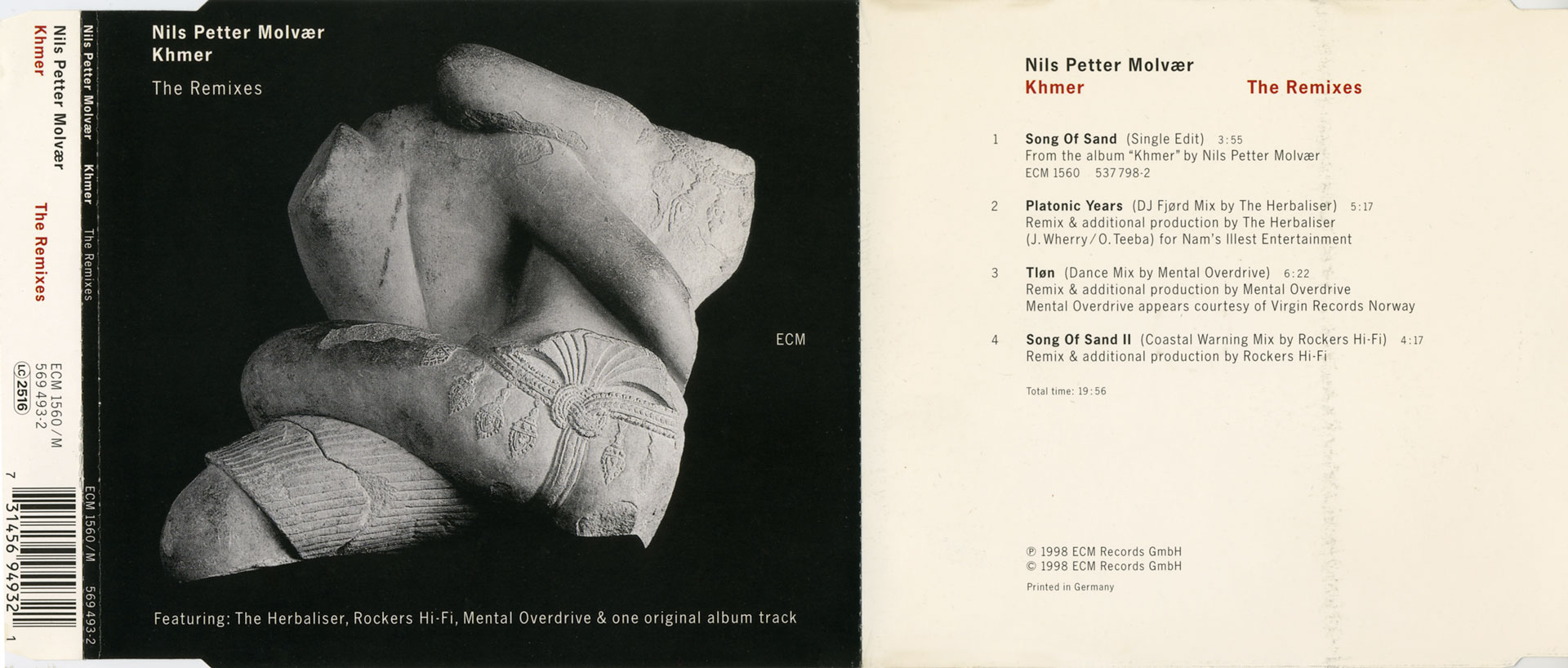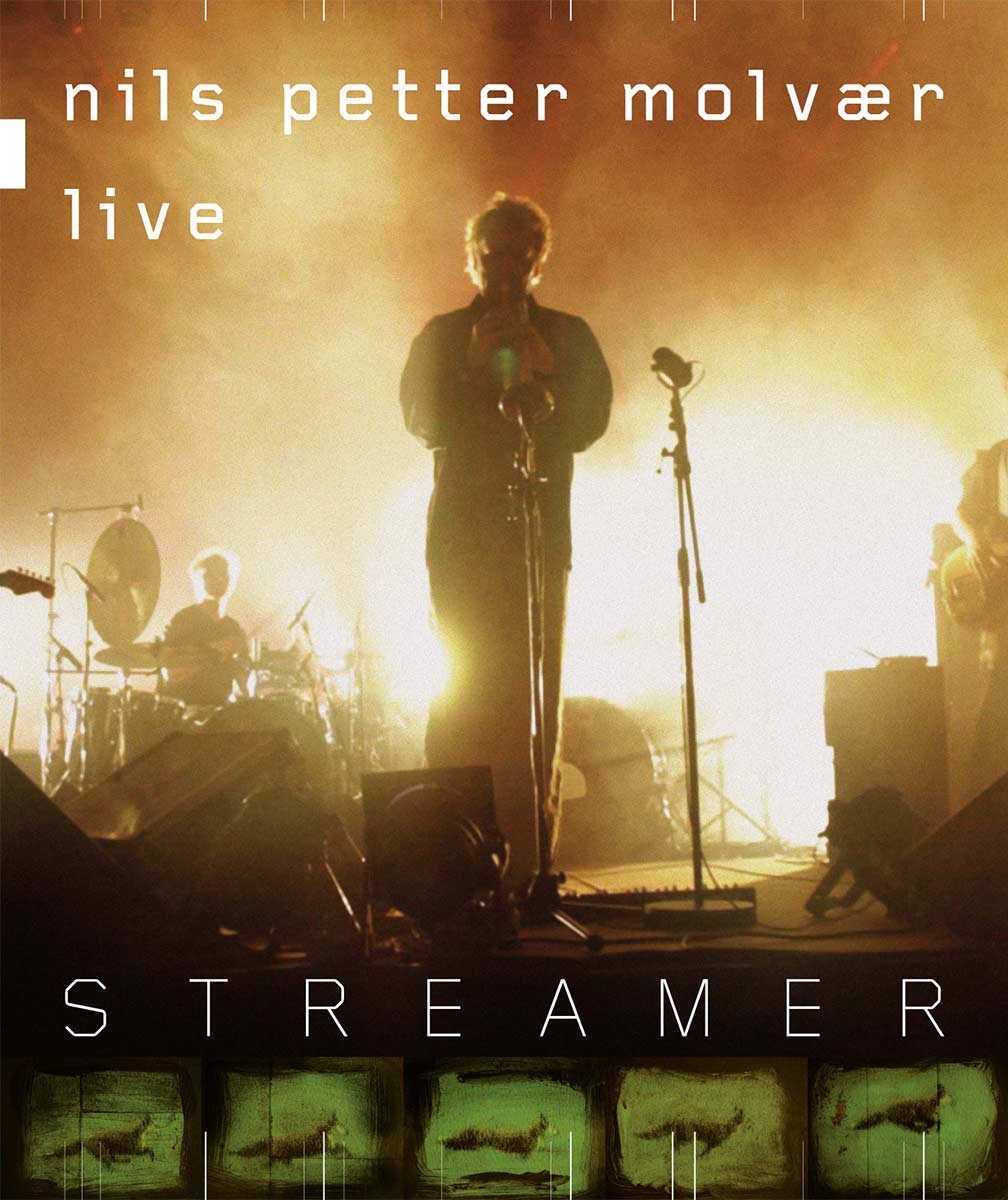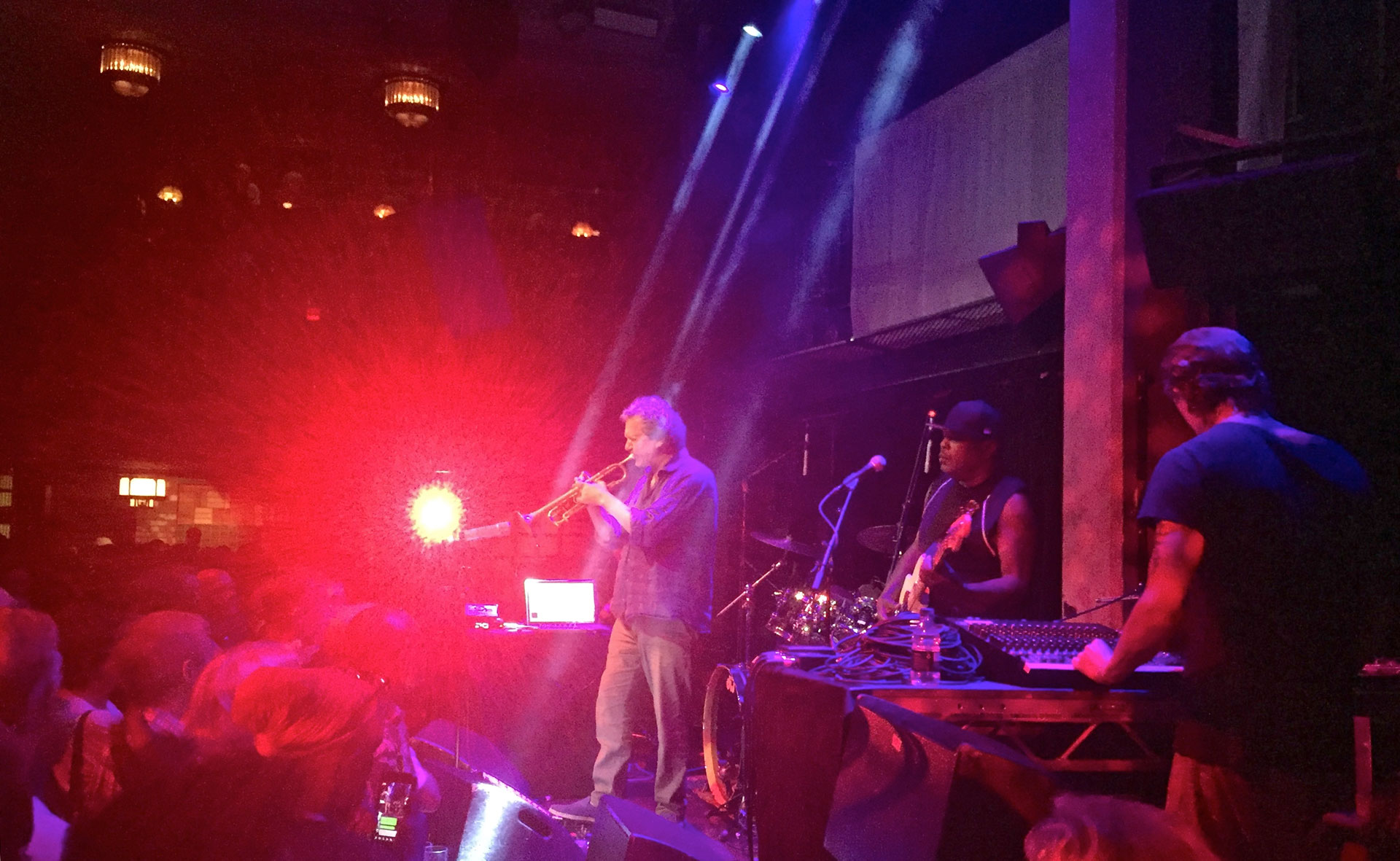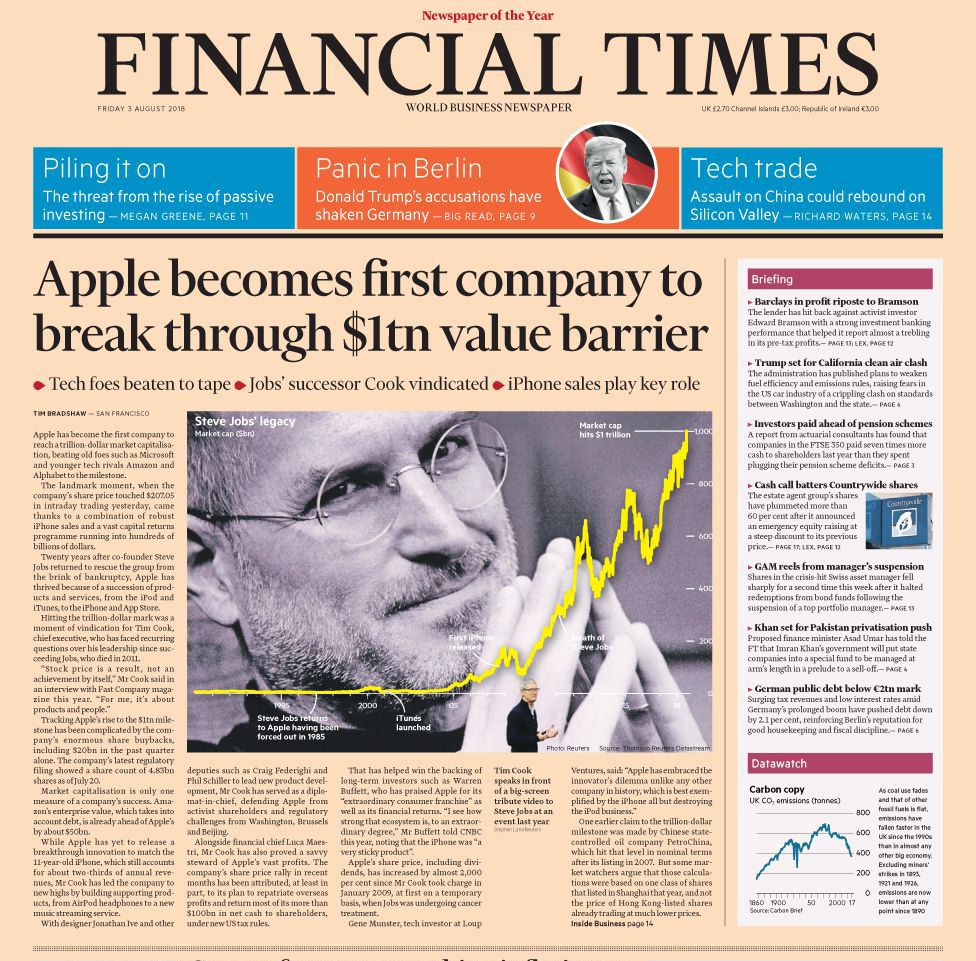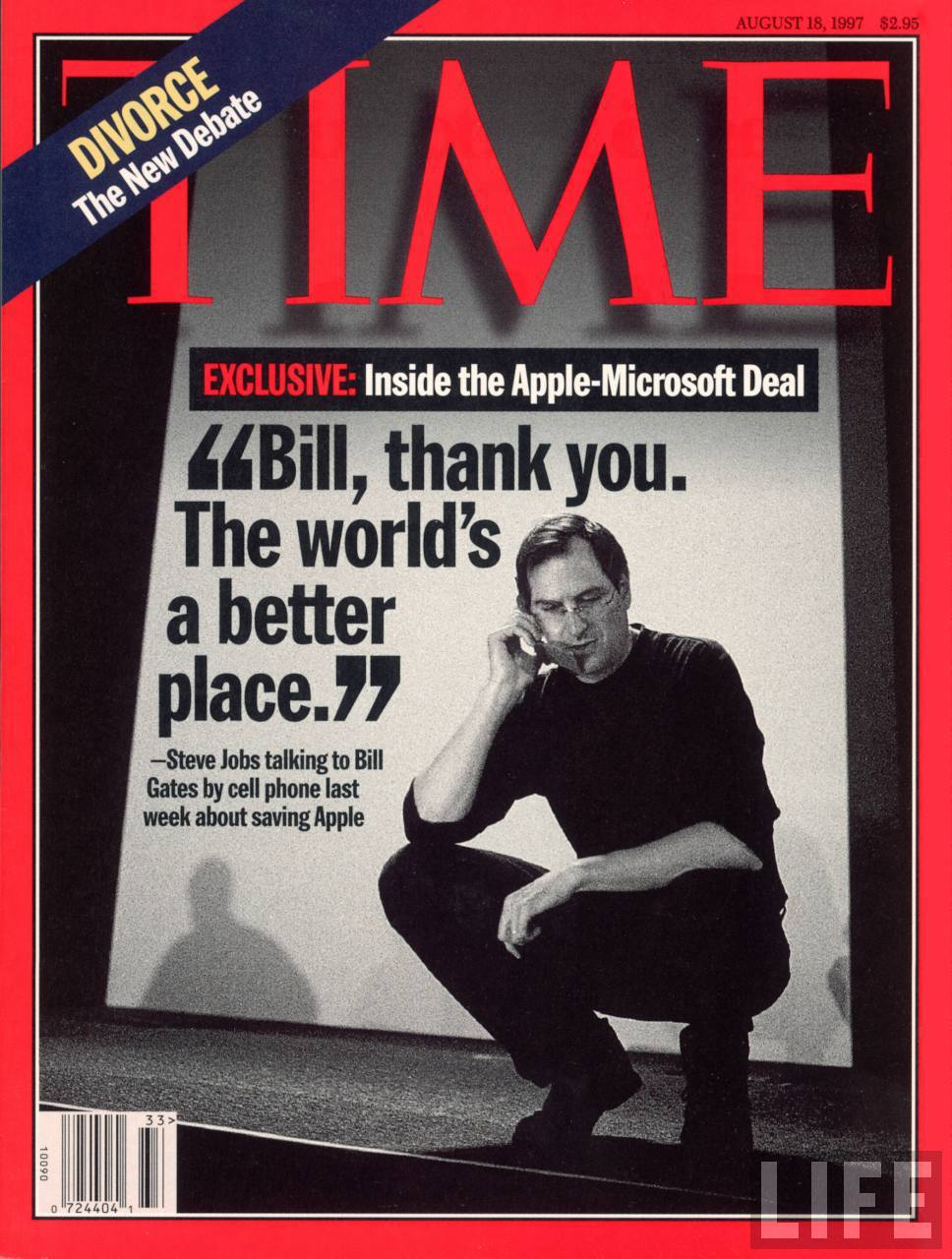1998 July 6th Jazz Cafe, London
Nils Petter Molvær – Trumpet
Eivind Aarset – Guitar
Audun Erlien – Bass
Rune Arnesen – Drums
Per Lindvall – Drums
DJ Stangefruit – Vinyl
Sven Persson – Sound Design
It all started with a strange rumour, ECM, the chamber jazz label, had signed a hot new Norwegian trumpeter in the Miles Davis mould. He was playing electric gigs with two drummers and a DJ, unheard of for this staid acoustic label. The electric Miles from the early 70s was my signature music, so this definitely merited investigation. I headed to the Jazz Cafe for the first ever UK gig by Nils Petter Molvær.
In the sweaty dark confines of the club the first thing to hit was the rhythmic volume, totally unlike any other ECM experience.This was modern soundscape taking Miles into the house – he’d been there with work like Jack Johnson and Bitches Brew, but nobody had really picked up the baton, until now. The twin drummers laid down a loud, steady, intoxicating rhythm, scrabbled scratching overlaid it, a lone muted trumpet rose above it all. There was plangency pouring over a rich stew of funk, reaching an apotheosis with Khmer which took us further East into a killer dystopian beat; total surrender.
After this first ecstatic gig, as we left, ECM gave away a promo EP called Khmer : The Remixes. I played it to death. I still play it now. It is a Desert Island Disc.
As they said “For the first time ever ECM enter the world of remixes” – it was to be their best try, only to go downhill from there, but at least they had the guts to try properly. They were not founded to be an on-trend label, nor should they be. Nevertheless the respect that Nils Petter Molvær is held in by ECM and their Producer Manfred Eicher can be demonstrated by the inclusion of nearly their whole first album Khmer on the ECM retrospective Selected Signs Vol. VI, A Cultural Archeology. Nils only stayed with ECM for one more album, Solid Ether, but the template had been set.
The next time I saw him was in 2002 at The O2 Academy in Islington, then operating as a replacement Marquee Club. He played a blistering house jazz set, climaxing with the semi-rave anthem Nebulizer. In between the frenzy there were moments of solo beauty, like Little Indian. Several tracks from this great gig appeared on his live album Streamer. A slew of remix albums followed and when I saw him at Cargo in 2004, this appeared to have mellowed his slimmed down band. They played a more nuanced and atmospheric set, despite being in a club venue.
As Nils finally distanced himself from Khmer, he collaborated with many different artists including Jah Wobble and Bill Laswell on Radioaxiom : A Dub Transmission, a subject we will return to. In 2010 he played with a dystopian metal trio at Queen Elizabeth Hall, with dry ice and black cut-out projections. Once again he was forceful and lyrical, wrestling with guitarist Stian Westerhus and drummer Audun Kleive, providing a warning to the world. During his residency at Kings Place in 2013 he appeared to be more involved in the spirit of collaboration, rarely stretching his somewhat ambient playing, happy to take a back seat. The highpoint was a series of live improvisations to Buster Keaton films.
In 2016 he made another great album, Bouyancy, with Geir Sundstøl on pedal steel guitar which beautifully matched his own sliding, muted style of playing. The concert at Ronnie Scott’s, framed by large nautical bells, took us into a magical aquatic seascape. Often submerged, we surfaced at intervals as we flowed with the current taking us to different climates, both hot and cold.
Back at the Jazz Cafe in 2018 and back to the beats, now with serious air conditioning. Sly and Robbie need no introduction, most people are probably here because of them, but Nils holds the centre and soon captivates as he emotes over the pounding dub rhythms. They have just recorded an album together, Nordub, and I am already thinking they should have held their fire until after the tour, since this live gig is a power level above that excellent work. We can hardly see Sly in his shades behind a huge black and silver drum kit, as masterful reggae rhythms shuffle and slide around us. Robbie is seated, looking happy with a brand new white Fender bass, so confident he often plays right hand only, rock steady. Later he comes to the fore, intoning sparse resonant dub lyrics. On the far left is Eivind Aaarset with a panoply of pedals and FX, as he was 20 years ago, sending out shards of noise, climaxing as the rhythm rivers. At the centre of the storm Nils does his looping laptop tricks, sings into his trumpet bell and plays into his large ribbon microphone with points of trumpet scintillation. The music flows and curbs, slowly building with all of rock, jazz and reggae in the mix, we are immersed, overcome.
Like the first concert, we climax before the end. There is a great variation on the encore scenario with Robbie Shakespeare – he leaves the stage while we sing his dub chant back at him. The band return as we chant and proceed to tell us musically why they are one of the most powerful and exotic bands in the world. They say nothing.
2018 July 24th Jazz Cafe, London
Nils Petter Molvær – Trumpet
Eivind Aarset – Guitar
Robbie Shakespeare – Bass
Sly Dunbar – Drums
Vladislav Delay – Electronics

